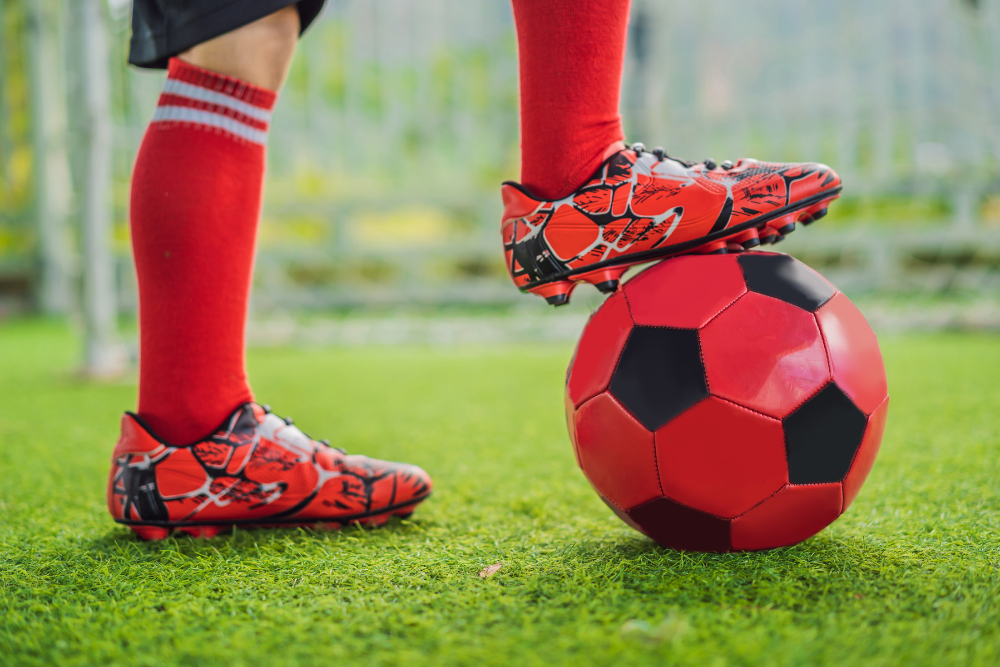Football cleats play a crucial role in a player’s performance, providing stability, traction, and comfort on the field. Choosing the right pair of cleats can enhance speed, agility, and control, reducing the risk of injury. This guide explores the different types, materials, and key features of football clets helping you make an informed decision.
Types of Football Cleats
1. Molded Cleats
Molded cleats have fixed studs attached to the sole, making them ideal for players who need consistent traction on grass and turf fields. They offer durability and comfort while requiring less maintenance than detachable cleats.
2. Detachable Cleats
Detachable cleats feature removable studs that can be changed based on field conditions. Players can customize the length of their studs to maximize grip in wet, muddy, or dry conditions.
3. Turf Cleats
Turf cleats are designed for artificial turf fields, featuring small rubber nubs instead of long studs. They provide excellent grip and comfort while minimizing wear and tear on the playing surface.
Materials Used in Football Cleats
1. Upper Material
The upper portion of a cleat is usually made of synthetic leather, mesh, or premium leather. Synthetic materials offer durability and lightweight performance, while premium leather provides superior touch and flexibility.
2. Midsole
The midsole offers cushioning and support, helping absorb impact during play. EVA foam and polyurethane are common materials used to enhance comfort and reduce foot fatigue.
3. Outsole
The outsole of football cleats is made of rubber or thermoplastic polyurethane (TPU), providing durability and traction. The placement and design of the studs vary based on playing surfaces and player positions.
Choosing the Right Cleats
1. Position-Specific Needs
- Skill Positions (Wide Receivers, Running Backs, Defensive Backs): Lightweight cleats for speed and quick cuts.
- Linemen: Cleats with extra ankle support and stability.
- Kickers: Cleats with a clean striking surface for accuracy.
2. Fit and Comfort
Proper fit is essential for performance and injury prevention. Look for cleats that provide a snug fit without excessive pressure points. Trying on different brands and sizes can help determine the best fit for your feet.
3. Field Type
- Natural Grass: Molded or detachable cleats.
- Artificial Turf: Turf cleats or low-profile molded cleats.
Maintenance and Care
- Clean cleats after each game to remove dirt and debris.
- Store them in a dry, ventilated area to prevent odor and material degradation.
- Check for wear and replace studs or cleats when necessary.
Conclusion
Selecting the right football cleats can significantly impact a player’s performance, comfort, and safety on the field. By understanding the different types, materials, and features of cleats, players can make informed choices based on their needs. Proper maintenance will also extend the lifespan of cleats, ensuring they perform optimally throughout the season.
